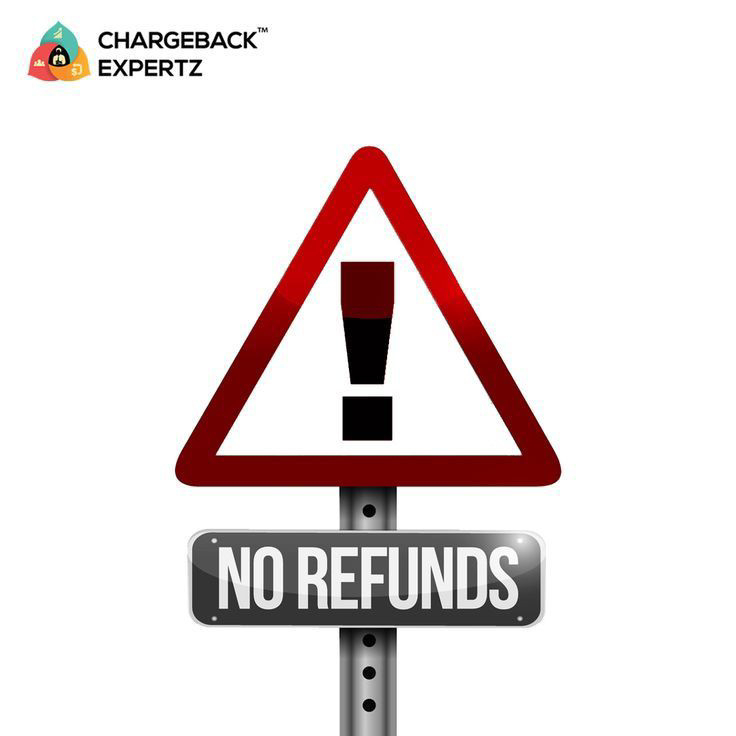Understanding Chargebacks: A Simple Guide
Understanding Chargebacks: A Simple Guide
Introduction :
In the world of transactions and payments, chargebacks play a significant role. They are a consumer protection mechanism designed to safeguard your money when something goes wrong during a purchase. In this article, we'll break down what chargebacks are, how they work, and when you might need to use them.
What is a Chargeback? :
A chargeback is a process that allows you to dispute a transaction and request a refund from your bank or credit card issuer. It's like hitting the "undo" button on a transaction. Chargebacks are typically used when a purchase doesn't meet your expectations, when you didn't receive what you paid for, or when there's an unauthorized transaction on your account.
Reasons for Chargebacks
There are several common reasons for initiating a chargeback. These include:
1. Fraudulent Activity: If you notice a transaction that you didn't authorize, you can initiate a chargeback to reclaim your funds.
2. Goods/Services Not Received: If you paid for something but didn't receive it, a chargeback can help you get your money back.
3. Defective Goods or Services: If the product or service you received is significantly different from what was advertised, you can request a chargeback.
4. Duplicate Charges: If you were charged multiple times for a single transaction, a chargeback can rectify the situation.
How Chargebacks Work :
When you initiate a chargeback, your bank or credit card company investigates the issue. They may contact the merchant to gather information and evidence from both sides. If the investigation supports your claim, the funds are returned to your account. Keep in mind that chargebacks should be your last resort – it's best to try resolving the issue with the merchant first.
Steps to Initiate a Chargeback :
1. Contact the Merchant: Reach out to the merchant's customer service to address the problem. They might be able to resolve the issue directly.
2. Gather Documentation: Collect evidence, such as receipts, order confirmation emails, and any communication with the merchant.
3. Contact Your Bank: If the merchant doesn't resolve the issue, contact your bank or credit card issuer to start the chargeback process.
4. Provide Details: Explain the situation to your bank, providing all relevant information and evidence.
5. Wait for Investigation: Your bank will investigate the claim. If it's in your favor, the funds will be refunded.
Tips to Avoid Chargebacks
1. Keep Records: Save all transaction-related documents and communications.
2. Read Policies: Understand the merchant's refund and cancellation policies before making a purchase.
3. Communicate: If you have concerns, communicate with the merchant promptly.
4. Check Statements: Regularly review your account statements for any unauthorized transactions.
5. Protect Your Info: Safeguard your payment details to prevent unauthorized use.
Conclusion
Chargebacks provide consumers with a safety net when transactions go awry. By understanding how chargebacks work and following best practices, you can confidently navigate the world of purchases while protecting your hard-earned money. Remember, chargebacks are a tool to be used wisely and as a last resort.


Comments
Post a Comment